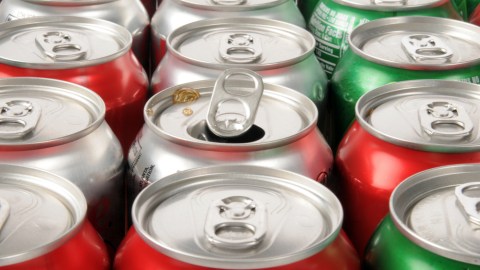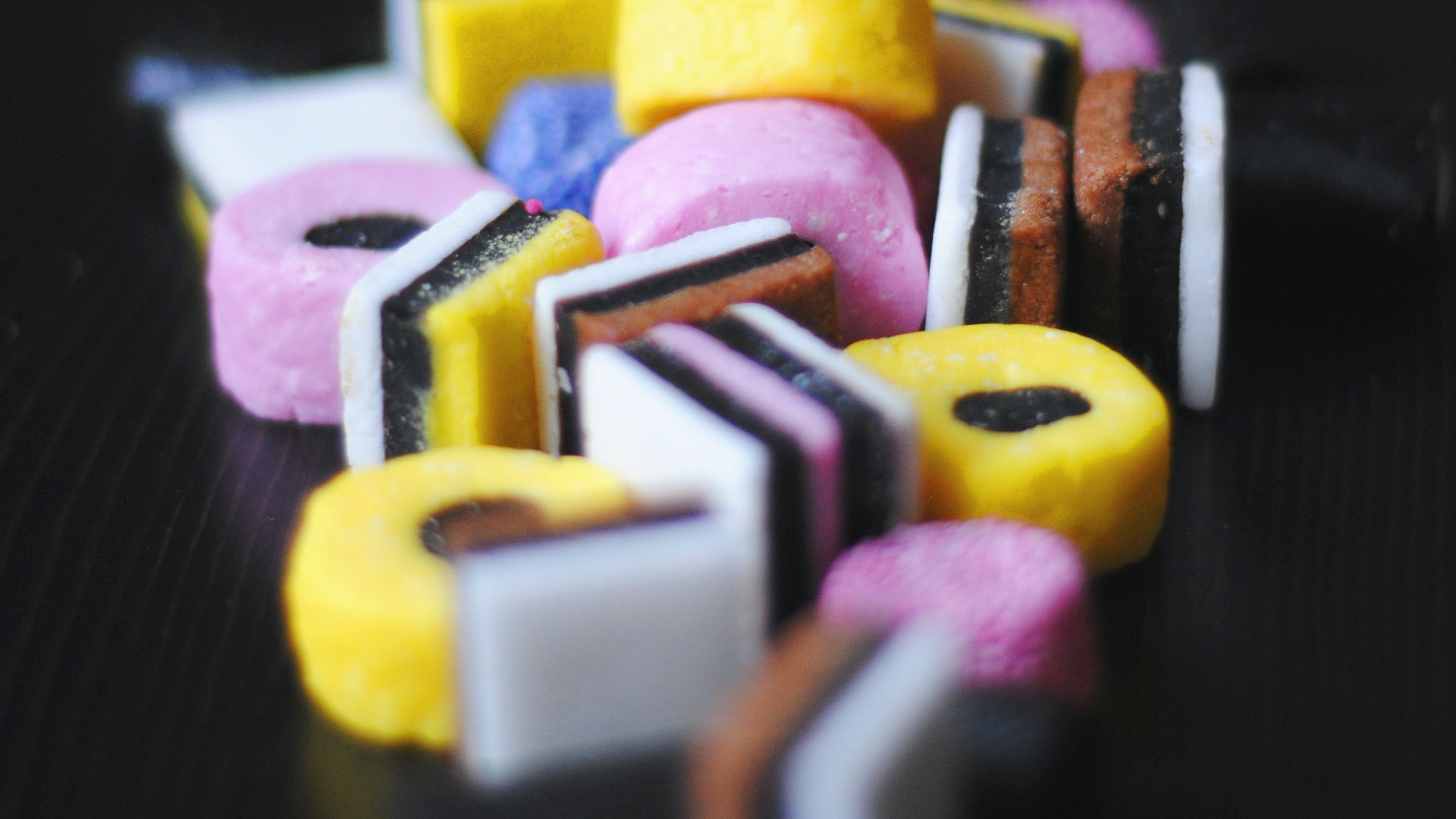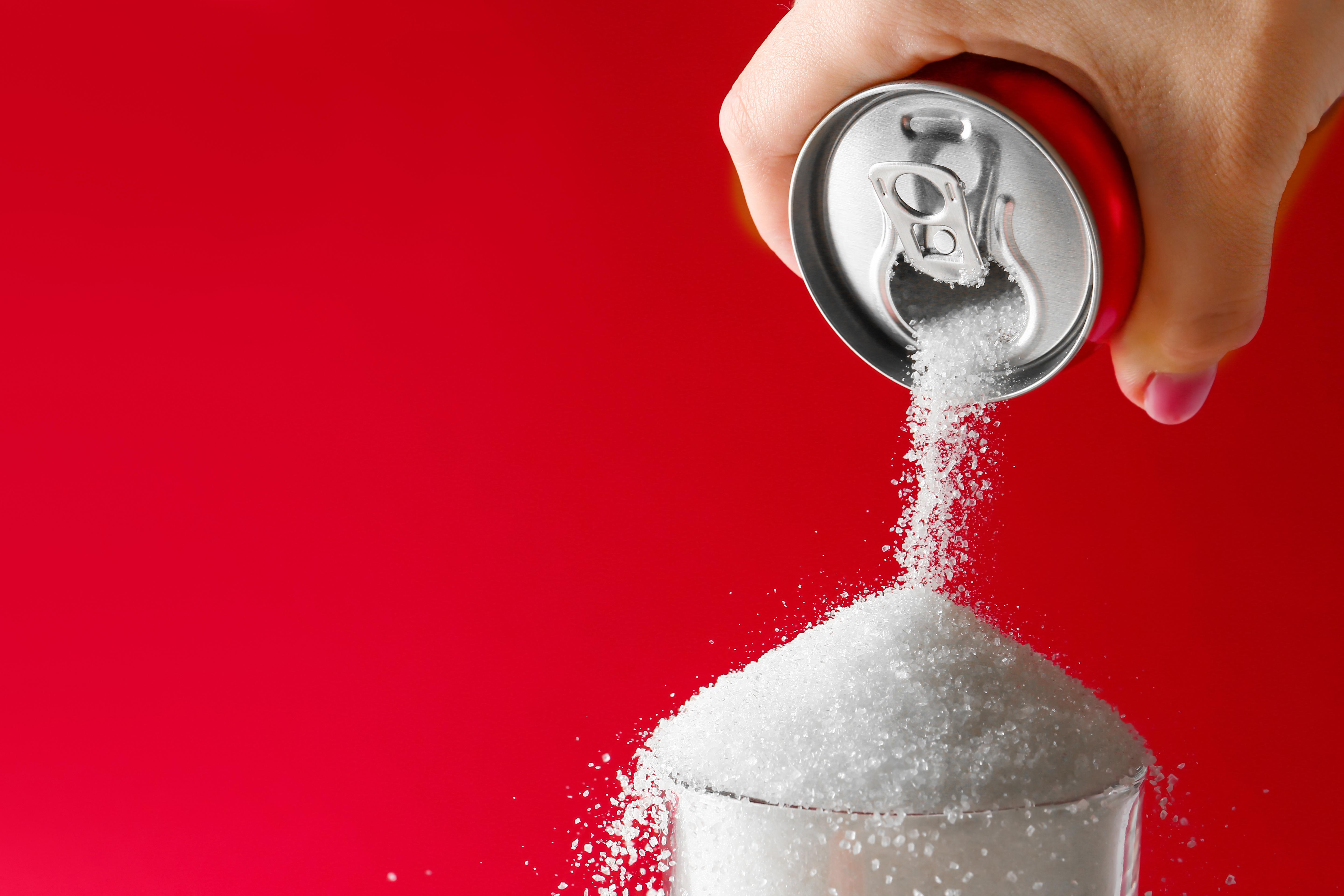We Don’t Heed Health Warnings on Soda Bottles

Americans love their soda. Those plastic convenience-store cups seem to get bigger by the year, and it’s tough to watch a favorite television show without seeing a mention of Pepsi or Coke during the commercial breaks (or even in a sly bit of product placement). Health-conscious folks, especially those in leadership positions, have long been trying to figure out how to curb the country’s dependency on its sugary vice. Former New York City Mayor Michael Bloomberg’s infamous attempt to ban the sale of sodas larger than 12 ounces raised issues of personal freedom and failed to take basic math into account — (24 ounces equals 24 ounces whether it’s packaged in one bottle or two. Just saying.)
Legislative force is rarely effective in getting people to change their habits; if Americans are going to cut back on soda, they’re going to have to want to cut back on soda. One possible way of achieving that is to scare the high-fructose corn syrup right out of people with warning labels telling them that — shocker! — drinking lots of soda isn’t so great for their health. But according to Pacific Standard, these warnings fall on deaf ears, er, blind eyes. That’s hardly surprising, based on what we know about continued cigarette usage around the globe. But what’s interesting here is that, according to a study out of Germany, the warnings themselves do have some power to dissuade purchases. But when a pictorial element is added, the message is less powerful than a simple, unadorned warning consisting only of text.
“In general, warnings negatively affect purchase intention,” the researchers reported. “This effect is diluted when the warning is embedded in an advertisement with pictorial framing.” They also found that young children were more likely to ignore a visually stimulating warning than were adults.
Somehow, I got lucky enough to avoid any inclination toward drinking soda; I don’t like the carbonation, and the overpowering sweetness makes me feel as though I’m drinking diabetes itself straight out of a cup. Of course, rather than using this good fortune to my advantage, I’ve instead offered it as a rationalization for my longtime love of cookies, donuts, and other sweets.
I know those are just as bad for me, if not worse, but if someone started slapping warning labels on my apple fritters, I’d probably just eat the warnings right along with them. I don’t believe I consume them in excess, and most people probably don’t consider their intake of unhealthy food — whether it’s in solid or liquid form — to be extreme. So, maybe the key is not to warn people about excessive intake, but to teach them what “excessive” actually means.
VisitPacific Standard for more, and check out this video from Robert Rubino, M.D., on the impact of obesity:




